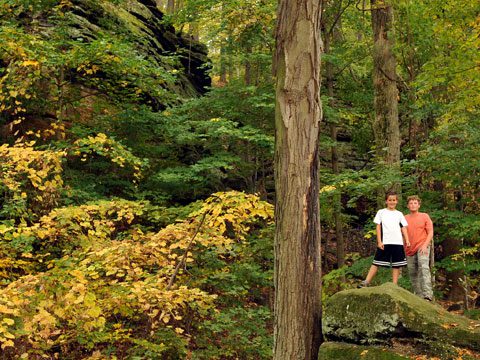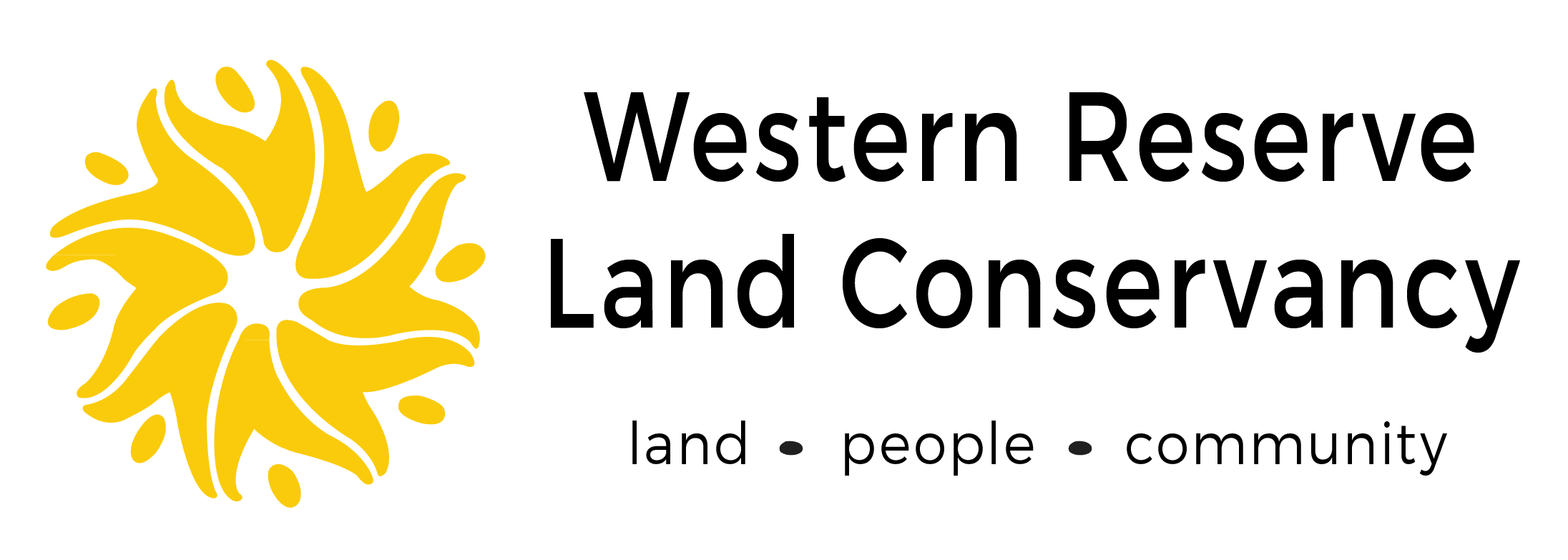
Preserving a scout camp
A 453-acre camp used by thousands of Boy Scouts in Northeast Ohio could have been lost to development, Instead, the property was permanently preserved under a partnership agreement between the Land Conservancy, the Scouts, and Lorain County Metro Parks.
Under the agreement, the Boy Scouts of America’s Heart of Ohio Council essentially sold the development rights to the land in exchange for a conservation easement, one that is co-held by the Land Conservancy and the park system. The conservation easement gives the Scouts continued use and ownership of Camp Firelands Boy Scout Reservation while protecting the site’s natural resources. The camp is in Lorain and Erie counties.
“A Scout’s charge is to leave that which is entrusted to him, better than he found it. This is the essence of good stewardship,” says Barry Norris, executive director of the Boy Scouts of America’s Heart of Ohio Council. “The Heart of Ohio Council is pleased to partner with Western Reserve Land Conservancy and the Lorain County Metro Parks in conserving this magnificent piece of land for future generations.”
The Heart of Ohio Council includes a nine-county area in northern Ohio, but the camp has served Scouts from a wider region that includes Greater Cleveland. The agreement allows the Scout Council to continue to own the camp and provide youth education opportunities, as it has for nearly 70 years. The property is also used by numerous churches, schools, youth organizations and local law enforcement agencies.
The Land Conservancy was approached by the Scout council and worked with the Scouts to raise funds for the purchase of the conservation easement. In the summer of 2006, the Land Conservancy submitted an application to the Clean Ohio Conservation Fund for financial assistance to apply toward the purchase of the easement. The Clean Ohio Fund’s Natural Resource Assistance Council awarded $880,000 to the conservancy for the acquisition of the conservation easement. The balance of the required funding was secured through U.S. Rep. Marcy Kaptur, who worked to acquire the remaining $600,000 needed through the federal Coastal and Estuarine Land Conservation Program.
This project protects approximately 334 acres of forest, 7,500 linear feet of the East Fork of the Vermilion River, 19,550 linear feet of tributaries and 20 acres of wetlands and habitat for rare plant and animal species. Several organizations provided environmental surveys and documentation of the Firelands Reservation’s impressive array of plant and animal species. Among these organizations were the Cleveland Museum of Natural History, Oberlin College, Ohio Department of Natural Resources, Ohio EPA, and state and local chapters of the Audubon Society.
